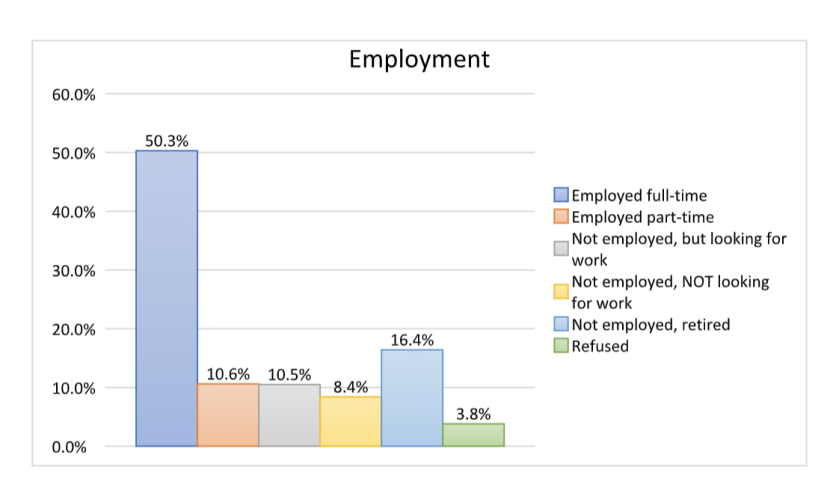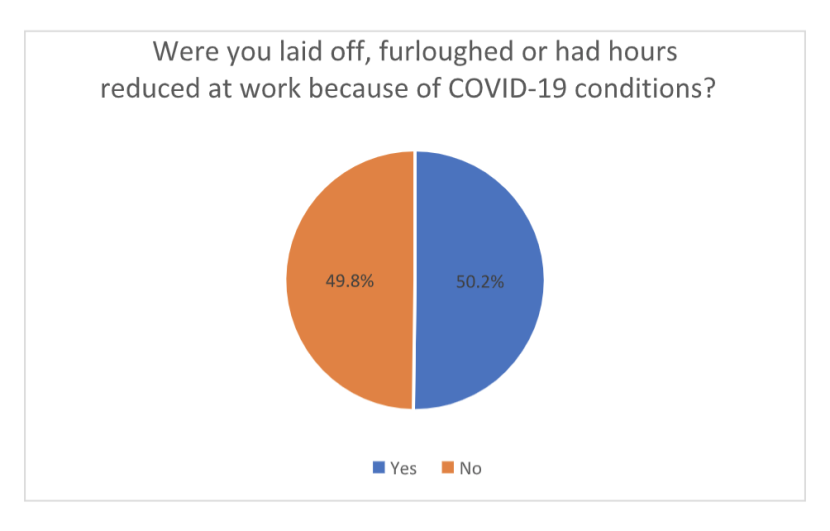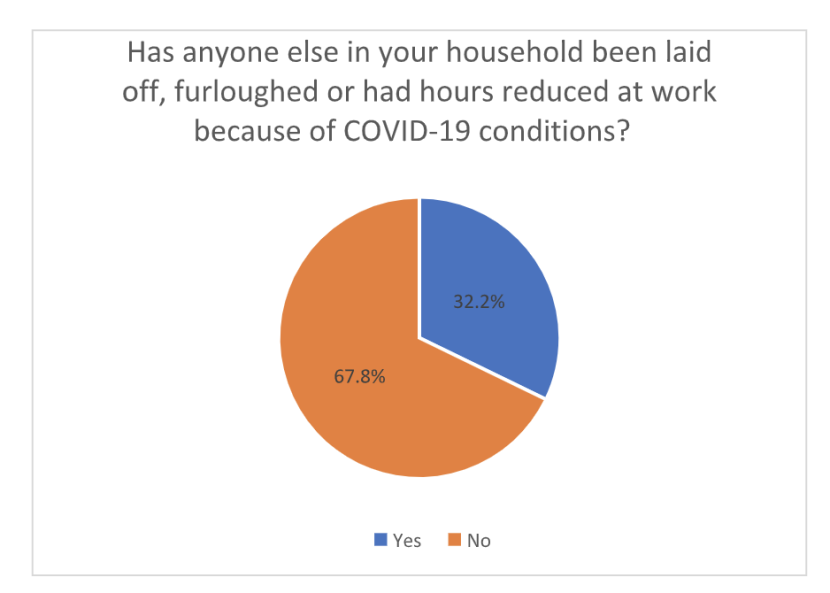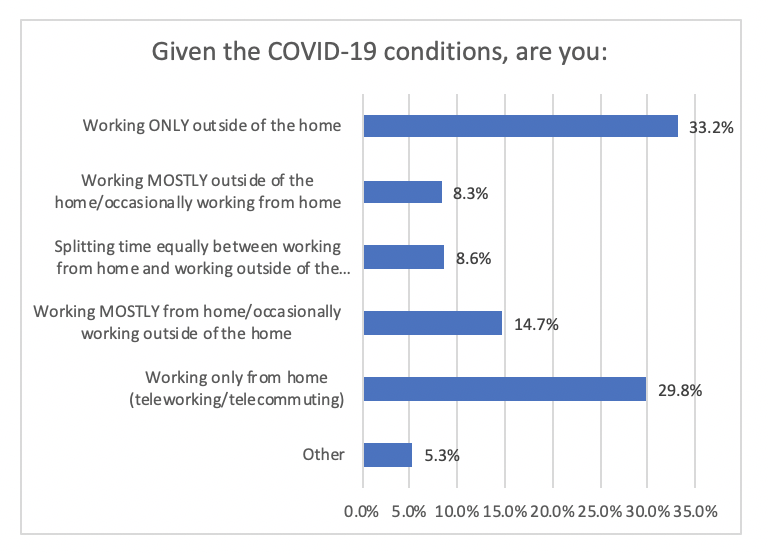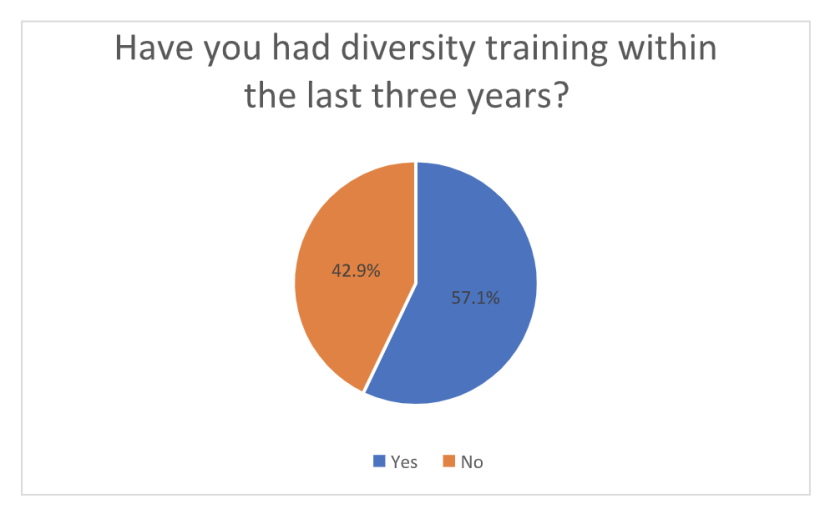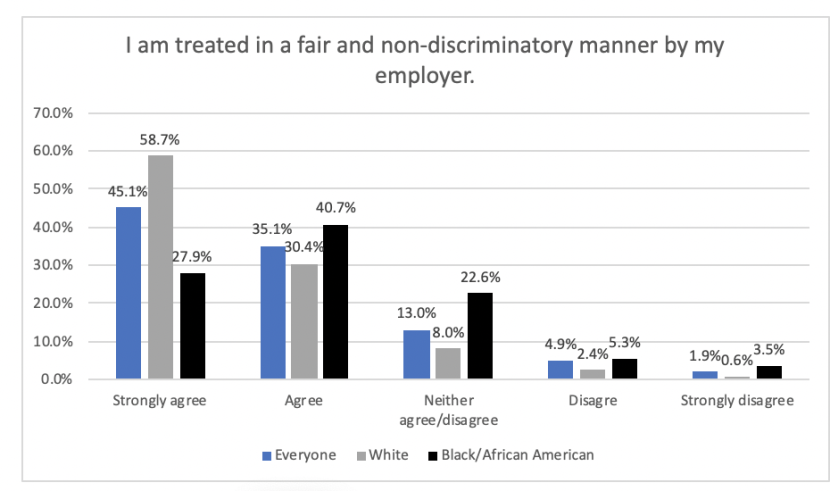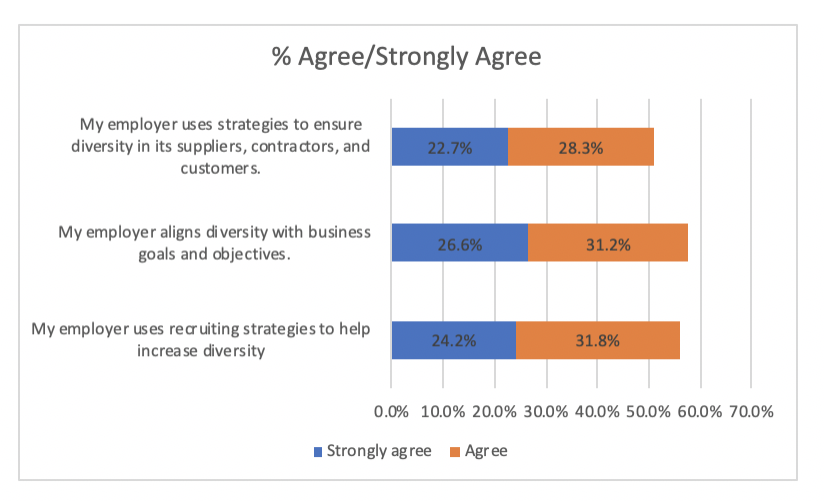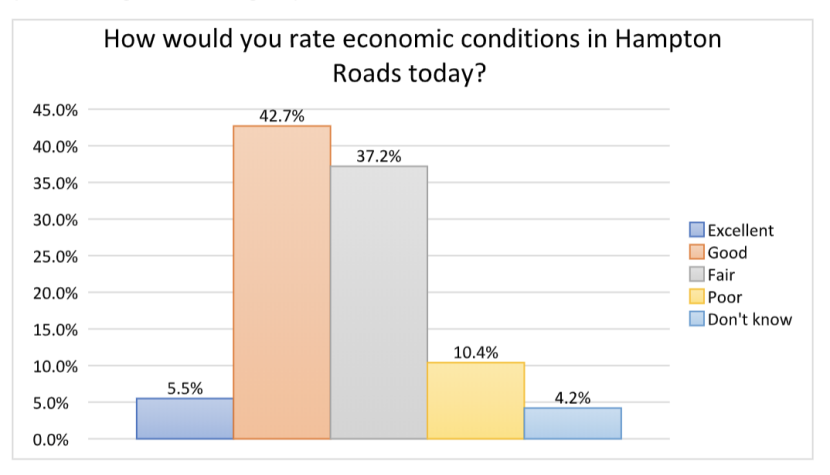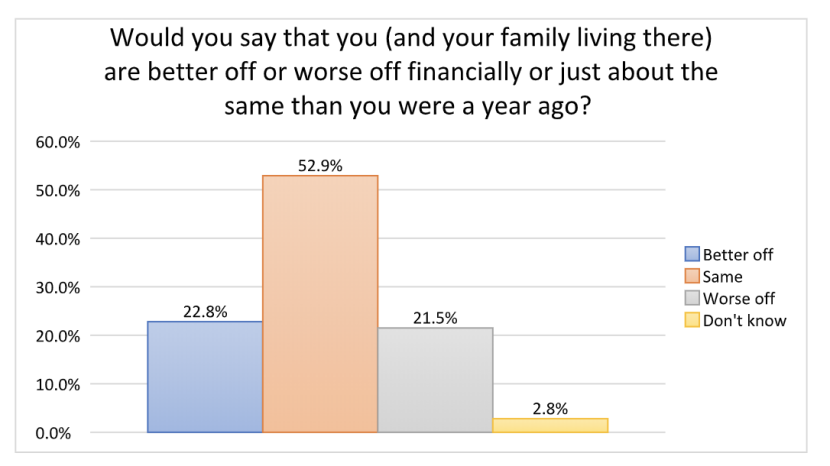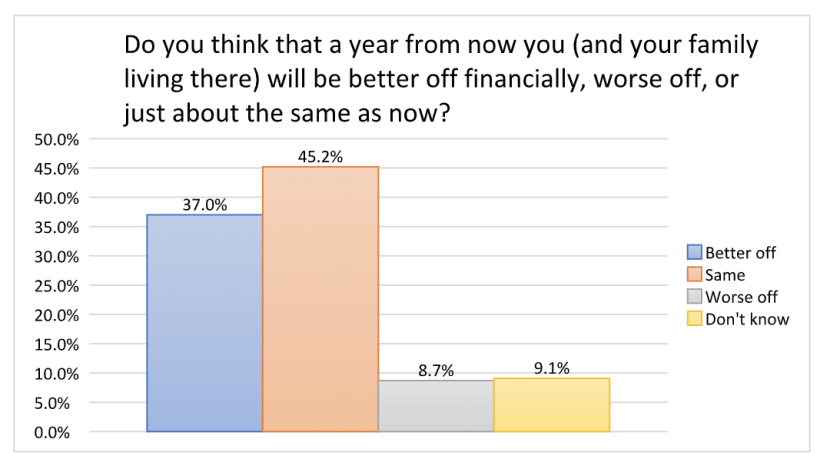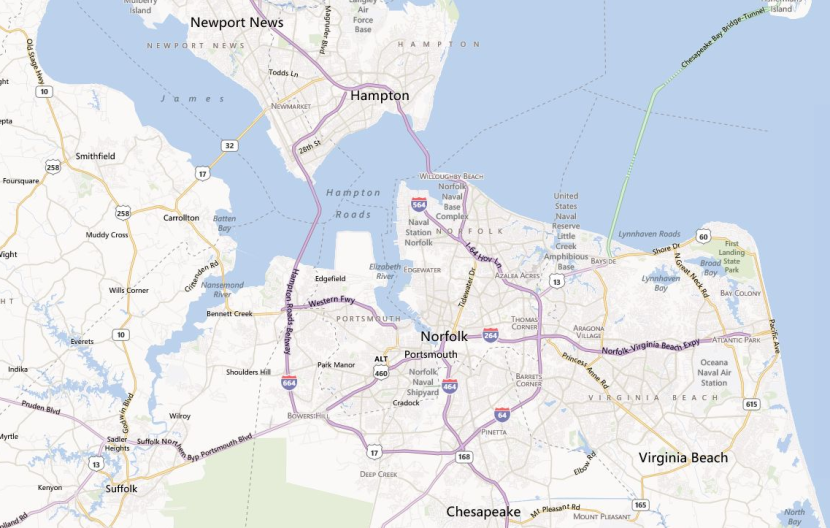The Social Science Research Center (SSRC) at Old Dominion University recently completed data collection for the 11th annual Life in Hampton Roads (LIHR) survey. The purpose of the survey is to gain insight into residents' perceptions of the quality of life in Hampton Roads and the COVID-19 pandemic, as well as other topics of local interest such as perceptions of police, employment and other issues. A total of 1,105 online surveys were completed between June 26 and July 13 (during Phase 2 and Phase 3 of Virginia's reopening plan). Of these, 1,100 were from residents of the seven Hampton Roads cities included in the Life in Hampton Roads survey and constituted the final dataset.
It is important to note that the methodology this year differs from previous Life in Hampton Roads surveys. For several reasons, including COVID-19 social distancing guidelines and telework directives, we moved from a telephone survey to a web-based design using two panels of respondents. This change limits to some degree the ability to compare this year's results with those from previous years or to as confidently generalize the results to the Hampton Roads population as a whole. Nonetheless, we note that an increasing number of surveys have moved online in recent years, and that in many instances useful data has been developed despite the challenges of online survey research. For more detailed information on the methodological changes and potential impacts please see the methodology section in the pending full report, or please contact the SSRC directly.
This year's survey included general questions about employment and economy as well at the impact of COVID-19 on work conditions. These data provide insight into how residents in Hampton Roads perceive the economy and how work conditions may have changed as a result. This year's survey also included some general questions about diversity in the workplace.
Employment and COVID-19
As can be seen from the graph below, about half of those responding to this year's survey were employed full-time while another 10.6% were employed part-time. Just over 16% were retired. About 10% were not employed but looking for work while 8.4% were not employed and not looking for work.
Of those who reported working part-time or not working but looking for work, half indicated that they had been laid off, had hours reduced or been furloughed because of COVID-19 conditions.
Additionally, all respondents were asked if anyone else in their household had been laid off, furloughed or had hours reduced because of COVID-19 conditions. Almost one-third (32.2%) indicated yes. The survey responses show the extent of the impact of COVID-19 on the working conditions of Hampton Roads residents.
Respondents who reported working full- or part-time were asked about their work location given COVID-19 conditions. One-third of respondents indicated that they were working only outside of the home (33.2%), while 29.8% reported that they were working only from home (telecommuting/teleworking) and another 14.7% reported that they were working mostly from home and only occasionally outside of the home. Another 8.6% indicated that they were splitting time equally between working from and outside of the home.
This year's survey included questions about diversity in the workplace. Nearly 43% of respondents who work full or part-time indicated that they have not had diversity training within the past three years.
While 80% of all respondents agreed or strongly agreed that they are treated in a fair, non-discriminatory manner by their employer, there were significant differences between white and Black respondents. Just over 89% of white respondents indicated that they were treated fairly while only 68.6% of Black respondents felt the same. There is a 30 percentage-point difference between white and Black respondents who strongly agree that they are treated fairly (58.7% compared to 27.9%).
Respondents who were employed also answered questions about their employer's diversity practices. About half (51%) agreed that their employer uses strategies to ensure diversity in its suppliers, contractors and customers, while 57.8% agreed that their employer aligns diversity with business goals and objectives. Fifty-six percent agreed that their employer uses recruiting strategies to help increase diversity. These items did have about one-third of respondents indicate "neither agree nor disagree," which may reflect that respondents were not sure if their employers engaged in these strategies.
Perceptions of the Economy
Hampton Roads residents had mixed perceptions of the economy but showed some optimism about their own financial situation. Less than half (48.2%) of those surveyed rated the economic conditions in Hampton Roads as excellent (5.5%) or good (42.7%). More than one-third (37.2%) rated economic conditions as fair and 10.4% rated them as poor. Interestingly, despite the impacts of COVID-19, these ratings are not that much different than in past years of the survey. Last year, 49.9% of respondents rated economic conditions as good or excellent. This year's ratings are actually higher than in 2018 (45.3% rating excellent or good).
When asked if they and their family were better or worse off financially compared to a year ago, 22.8% reported that they were better off and 52.9% reported that they were about the same. About one in five (21.5%) indicated that they and their family where worse off financially.
Respondents showed some optimism for the future, with 37% indicating that they think they and their family will be better off financially a year from now. Just under half (45.2%) think they will be the same and only 8.7% think they will be worse off. Residents are perhaps hopeful that the personal financial impacts of COVID-19 will be short-lived.
*******************************
For more information & additional
demographic comparisons, please contact:
Tancy Vandecar-Burdin, PhD
Director, the Social Science Research Center
Old Dominion University
757-683-3802
Related News Stories
Life in Hampton Roads Survey: Police and Protests
Residents generally have a positive perception of police, but there are significant variances by race and city. (More)
Life in Hampton Roads Survey: Quality of Life
Despite the pandemic and stay-at-home restrictions, more than two-thirds of respondents rated the quality of life in the region as excellent or good. (More)
Life in Hampton Roads Survey: Presidential Polling Results
The overall picture is of a president who is not very popular in Hampton Roads, and who appears to be less popular than he was four years ago with survey respondents. (More)




